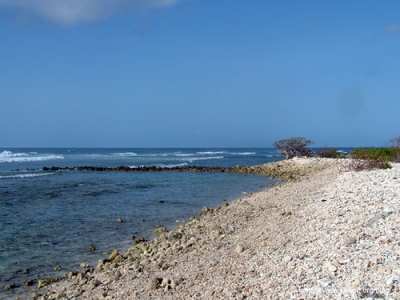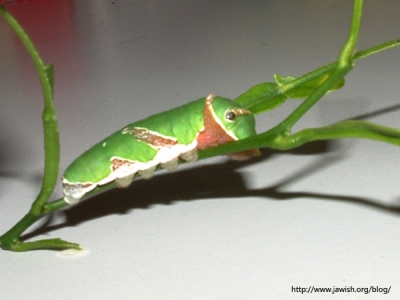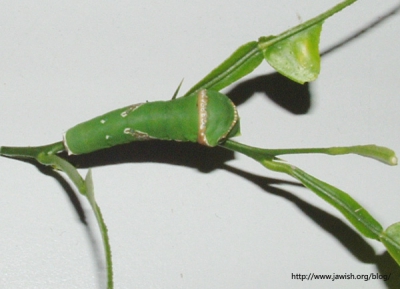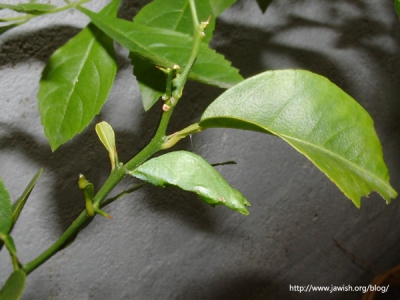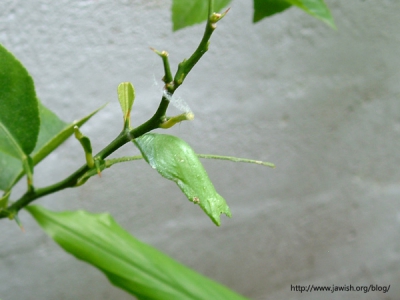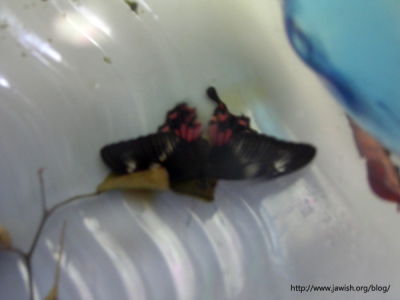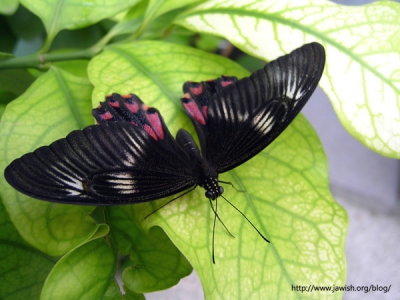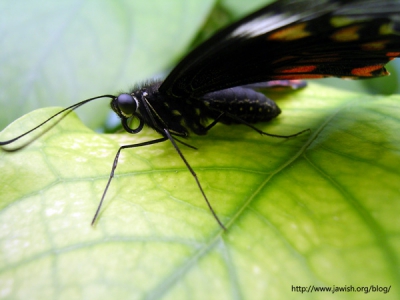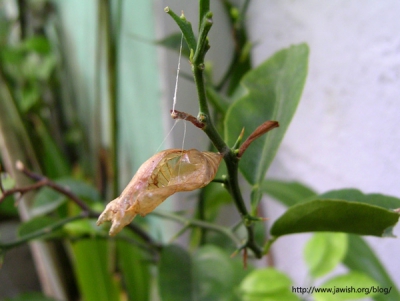Friday, November 9. 2007
My presentation on cybernetics at FMC: thoughts and photos
I gave a presentation titled "Cybernetics and Intelligent Search", as I had mentioned earlier, at the Faculty of Management and Computing at the Maldives Center for Higher Education in late September this year. The presentation went as planned and went well but I'm not too sure what impact it had on the attendees. The presentation was attended by about 20 or so students of FMC but they all kept awfully quiet throughout and especially in the Q&A slot. The only time anyone reacted was during the demonstration of some A.I systems in practice. I guess I have to take comfort in the reassurance by a FMC faculty member present that this was standard response by students!
I am very thankful to Adam Khalid (Assistant Coordinator, Bachelor of IT) and the Faculty for hosting my presentation and arranging it all. I am also grateful to the students who attended the presentation and sat through the entire hour and I sincerely hope that they found it interesting and informative.
I've put up some photos of the event here.
I am very thankful to Adam Khalid (Assistant Coordinator, Bachelor of IT) and the Faculty for hosting my presentation and arranging it all. I am also grateful to the students who attended the presentation and sat through the entire hour and I sincerely hope that they found it interesting and informative.
I've put up some photos of the event here.


